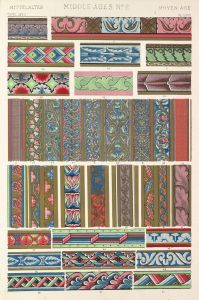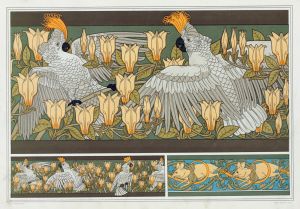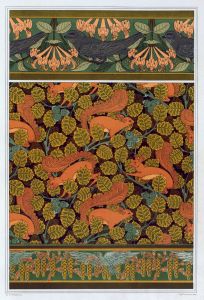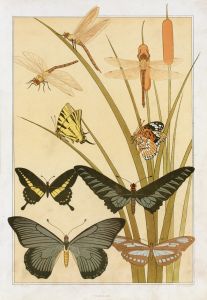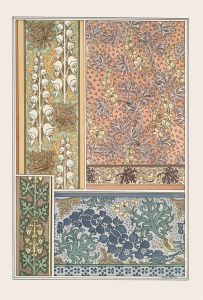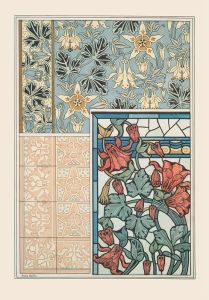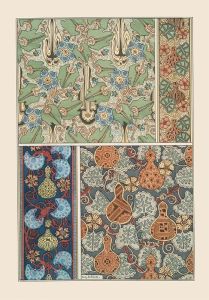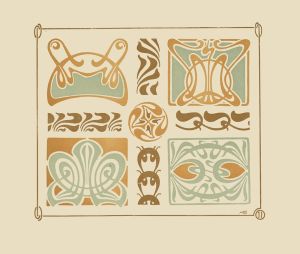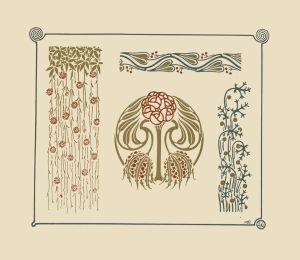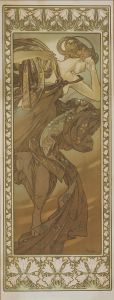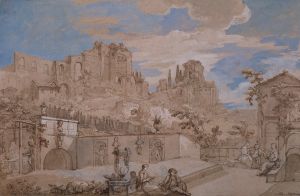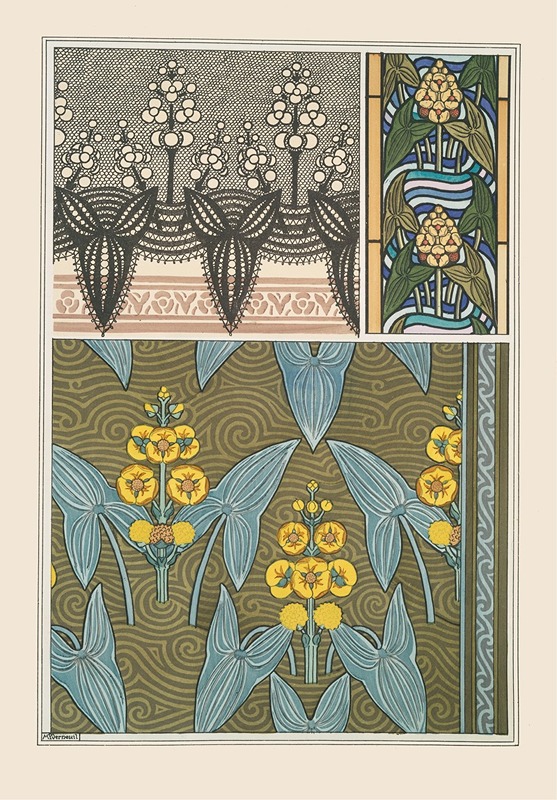
Sagittaire 2
A hand-painted replica of Maurice Pillard Verneuil’s masterpiece Sagittaire 2, meticulously crafted by professional artists to capture the true essence of the original. Each piece is created with museum-quality canvas and rare mineral pigments, carefully painted by experienced artists with delicate brushstrokes and rich, layered colors to perfectly recreate the texture of the original artwork. Unlike machine-printed reproductions, this hand-painted version brings the painting to life, infused with the artist’s emotions and skill in every stroke. Whether for personal collection or home decoration, it instantly elevates the artistic atmosphere of any space.
Maurice Pillard Verneuil was a prominent French artist and designer known for his contributions to the Art Nouveau movement. He was born on April 29, 1869, in Saint-Quentin, France, and became renowned for his work in decorative arts, particularly in the realms of graphic design, illustration, and interior decoration. Verneuil's style was characterized by its use of natural forms, vibrant colors, and intricate patterns, which were hallmarks of the Art Nouveau aesthetic.
One of Verneuil's notable works is "Sagittaire 2," which is part of a series of illustrations that reflect his fascination with the zodiac and natural motifs. While specific details about "Sagittaire 2" are limited, it is known that Verneuil often drew inspiration from the natural world, incorporating elements such as plants, animals, and celestial themes into his work. His illustrations frequently featured a harmonious blend of organic forms and geometric patterns, creating a sense of movement and fluidity that was emblematic of the Art Nouveau style.
Verneuil's work was heavily influenced by the Japonisme movement, which was the European interpretation and adaptation of Japanese art and design. This influence is evident in his use of bold lines, flat colors, and asymmetrical compositions, which were characteristic of Japanese woodblock prints. Additionally, Verneuil was inspired by the Symbolist movement, which sought to express the mystical and emotional aspects of the human experience through art.
Throughout his career, Verneuil collaborated with various artists and designers, contributing to the dissemination of Art Nouveau principles across different media. He published several influential books and portfolios, including "L'Animal dans la Décoration" (1897) and "Étude de la Plante" (1903), which showcased his innovative approach to design and his ability to transform natural forms into decorative motifs. These publications played a significant role in popularizing the Art Nouveau style and served as valuable resources for artists and designers of the time.
Verneuil's work extended beyond illustration and graphic design; he was also involved in interior decoration and textile design. His designs were applied to a wide range of products, including wallpapers, fabrics, and ceramics, further cementing his reputation as a versatile and influential figure in the decorative arts.
Despite the passage of time, Maurice Pillard Verneuil's contributions to the Art Nouveau movement continue to be celebrated and studied by art historians and enthusiasts. His ability to merge natural forms with decorative elements has left a lasting impact on the world of design, and his works remain a testament to the creativity and innovation of the Art Nouveau era.
While specific information about "Sagittaire 2" is limited, it is clear that Maurice Pillard Verneuil's artistic legacy is defined by his mastery of form, color, and pattern, as well as his ability to capture the essence of the natural world in his work. His contributions to the decorative arts continue to inspire and influence contemporary artists and designers, ensuring that his vision endures in the modern era.





